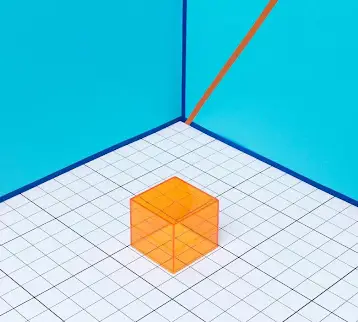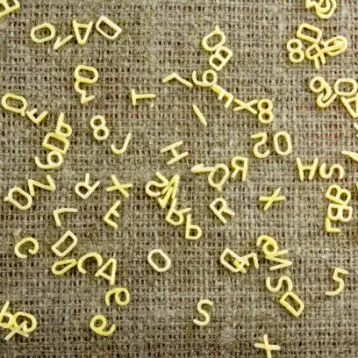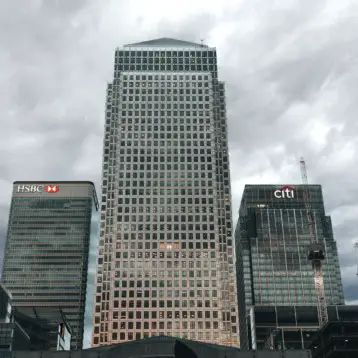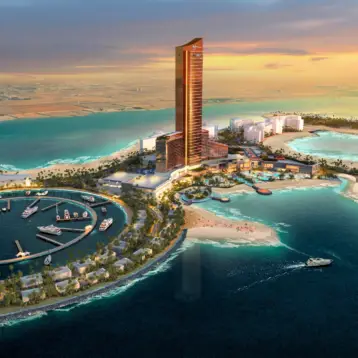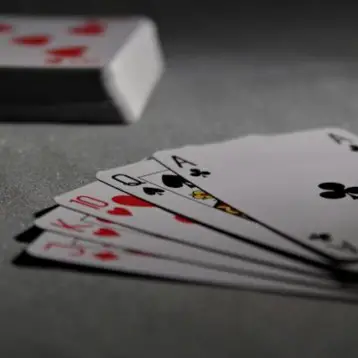Lilypad was designed for the Oceans 2008 conference to meet the four main environmental challenges as seen by the Organization of Economic Co-operation and Development (OECD): climate change, the lack of fresh water, biodiversity, and health.
Callebaut paints a rather grim picture of the future where many of today’s major land masses are underwater by the year 2100, forcing those people currently living there to take to the water to survive. Lilypad is designed to meet their needs including food, fresh drinking water, and even an extensive array of entertainment facilities (the specifics are understandably vague). It is also designed to follow the natural migratory flows of the oceans, remaining near the coastline at all times but traveling extensively north and south as guided by the Gulf Stream or Labrador currents.
In addition to human inhabitants, each Lilypad will support a wide range of flora and fauna centered around a central lagoon. The lagoon ballasts the city, preventing it from overturning, and also purifies water for drinking (the details of exactly how this works have not been released). A network of streets and pathways flow outward from the lagoon, following the curvy petal structures and blending in with the natural flow of the structure.
Lilypad integrates a wide variety of renewable energies including solar, thermal, photovoltaic, wind, hydraulic, tidal energies, and others. It recycles its own carbon dioxide and waste materials, includes the aforementioned water purification system, and utilizes aquaculture and other advanced farming techniques to grow enough food for all of its residents. The skin is made of polyester fiber covered by a layer of titanium dioxide (TiO2) which reacts to ultraviolet rays, enabling absorption of atmospheric pollution.
The Lilypad floating cities or others like it are far from a reality, but they represent a real movement to solve ecological problems by mimicking nature as closely as possible. The information currently provided is sketchy, along the lines of an early paper prototype, but that paper prototype looks fantastic. Function may trump form on a regular basis, but it doesn’t hurt to look pretty and Lilypad certainly manages that very well.
TFOT already covered several floating city concepts including Freedom Ship International 100,000 floating city with an airport as well Seascape the Cruising Island.
You can find additional pictures and a limited amount of additional information on the Lilypad floating cities at the Vincent Callebaut Architectures website.


